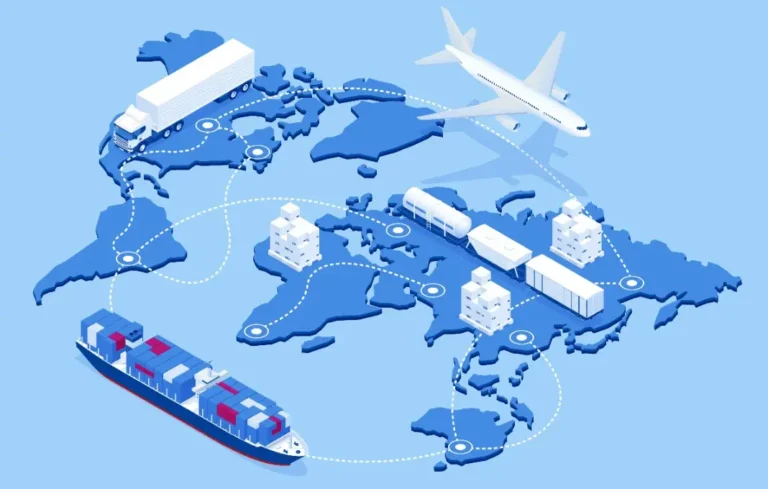The past year has been a wake-up call for U.S. manufacturers. As global tensions, new tariffs, and regulatory crackdowns change the landscape, supply chain compliance is moving from a back-office concern to a boardroom priority. However, despite increased government attention, many manufacturers still feel that their ability to manage these risks is lower than ever, and the reasons are both practical and strategic.
Complexity is the new normal
Today's manufacturers operate in a world that is more complex than ever before. Sourcing materials across continents, managing vendor networks, and making international payments has become the norm, all while trying to keep up with changing regulatory priorities. Each link in the supply chain is a potential vulnerability for manufacturers, and visibility is often limited. No wonder business executives report feeling ill-prepared to address national security compliance risks, even as they invest in new protocols and technologies.
According to Evershed Sutherland, 2025 U.S. National Security Compliance Risk and Readiness Report70% of manufacturing respondents Over the past 12 months, we have taken steps to address supply chain security as part of our national security compliance program, which is well above the industry-wide average. 48 percent. still, 61% of manufacturers Those who perceive supply chain security as a risk are not particularly confident in managing that risk. This gap highlights challenges that are difficult to monitor due to complexity, cross-border operations, and limited resources.
The cost of non-compliance is rising
Regulators are watching more closely than ever. Recent enforcement actions targeting trade fraud and tariff evasion send a clear message that non-compliance can result in significant financial and reputational damage. For manufacturers, the risks are particularly high. In 2024 alone, global financial regulators estimate Fines for trade surveillance violations amount to $3.3 billion, 100% increase compared to previous year. Whether it's screening vendors, tracking shipments, or monitoring payments, one wrong move can lead to investigations, penalties, and supply chain disruptions.
Why does the gap persist?
Despite the best intentions, manufacturers struggle to bridge the gap between action and preparation. Part of their challenge is resource allocation. Compliance teams are often under-resourced and stretched thin. The sheer amount of moving parts makes it difficult to maintain robust monitoring. There are also fundamental strategic flaws. Even when the resources are available, compliance is too often treated as an after-the-fact cost rather than a proactive investment.
Another barrier is a lack of internal alignment between a company's legal team, management, and compliance professionals. There appears to be a lack of understanding of who is responsible for national security compliance. 43 percent of executives Executives are responsible for national security compliance, but 25% of in-house lawyers agree. vice versa, 35% of legal respondents Although we believe that monitoring compliance is within their purview, 6 percent of executives agree. A lack of clear ownership, cross-functional collaboration, and adequate resources creates a crisis.
Strategic considerations
- Prioritize transparency: only 45% of manufacturers Enhanced your supply chain or third-party due diligence protocols in the past year. Companies need to invest in systems that provide end-to-end visibility of the entire supply chain. Robust third-party due diligence and real-time monitoring are no longer optional, they are essential.
- Build resilient teams with clear lines of responsibility. Compliance is more than just a legal issue. It's an operational imperative. A cross-functional team that brings together legal, operational, and executive leadership with clearly defined roles and responsibilities is best positioned to assess risk and respond quickly.
- Board involvement: Senior leaders must treat compliance as a strategic priority. Board-level oversight ensures that resources and attention are proportionate to the size of the risk. According to the report, 72% of organizations It has failed to strengthen board and management oversight of national security compliance.
- Be proactive: Regular audits, an up-to-date incident response plan, and ongoing employee training allow organizations to stay ahead of emerging threats rather than panicking after the fact.
Looking to the future
The regulatory environment is only going to get tougher, but that's predictable. Manufacturers who embrace compliance as a driver of resilience and competitive advantage will be better equipped to navigate uncertainty, protect their business, and seize new opportunities. In this new era, supply chain compliance is about more than just avoiding penalties. Successful operations require building trust and agility.

